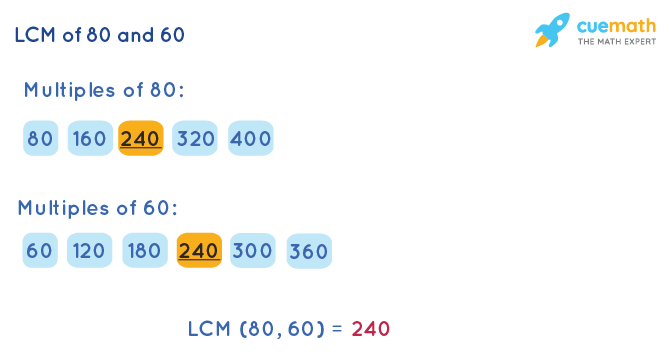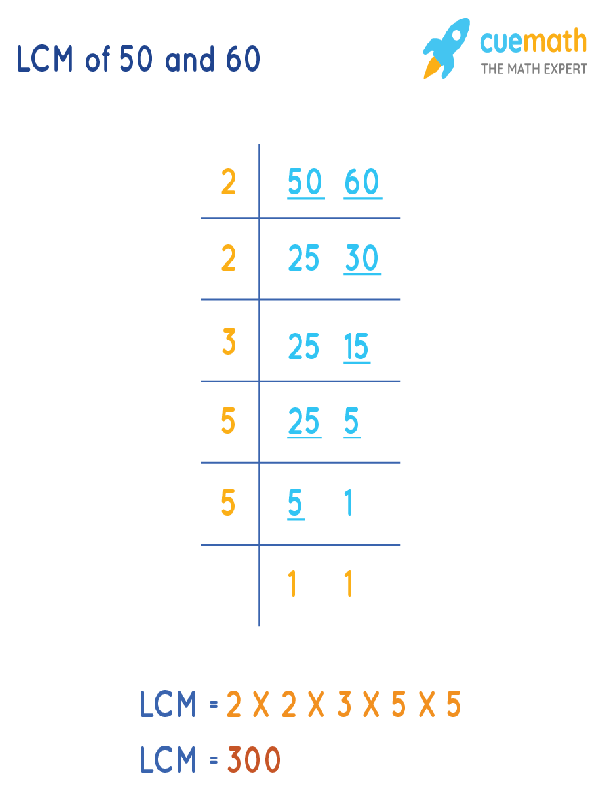Ever since I was a kid, math always fascinated me. Numbers, equations, and patterns were like puzzles waiting to be solved. One concept that particularly intrigued me was the Least Common Multiple (LCM). It was like a hidden code that revealed the smallest common ground between two or more numbers. Recently, I stumbled upon a challenge: finding a pair of numbers with an LCM of 60. This sparked my curiosity, and I embarked on a journey to decode this mathematical enigma. Join me as we delve into the world of LCMs and unlock the secrets behind those captivating pairs of numbers.

Image: captionsbeautifulbr.blogspot.com
Finding pairs of numbers with a specific LCM is like searching for a unique combination of ingredients that creates a particular flavor. Just like a chef carefully selects ingredients to achieve a desired taste, mathematicians use various tools and techniques to identify the numbers that produce a specific LCM. In this case, we’re on a quest to uncover the pairs that lead to an LCM of 60. Prepare yourself for an intriguing adventure into the world of numbers and multiple relationships.
Unveiling the Secrets of the Least Common Multiple
What is an LCM?
The Least Common Multiple (LCM) of two or more numbers is the smallest positive integer that is a multiple of all the numbers. It’s like finding the smallest common “meeting point” on a number line for all these numbers. For instance, the LCM of 4 and 6 is 12 because 12 is the smallest number that is divisible by both 4 and 6.
Understanding the Process of Finding LCM
There are several methods to find the LCM of a set of numbers. One common approach is the prime factorization method. This involves breaking down each number into its prime factors. Then, we identify the highest power of each prime factor present in any of the numbers. Finally, we multiply these prime factors raised to their highest powers to obtain the desired LCM.

Image: cognitadesenvolvimento.com.br
Illustrative Example
Let’s illustrate this with an example. Suppose we want to find the LCM of 12 and 18. First, we factorize both numbers into primes: 12 = 2² × 3 and 18 = 2 × 3². The highest power of 2 is 2² and the highest power of 3 is 3². Therefore, the LCM of 12 and 18 is 2² × 3² = 36.
Discovering the Pairs with an LCM of 60
Now, let’s focus on the challenge at hand: finding pairs of numbers with an LCM of 60. We can start by factoring 60 into its prime factors: 60 = 2² × 3 × 5. To form pairs with an LCM of 60, we need to consider the combinations of these prime factors.
Exploring Different Possibilities
One approach is to use the prime factorization method. We can consider different combinations of prime factors for each number in the pair. For example, one pair could be (2² × 3, 5) which simplifies to (12, 5). Here, the LCM of 12 and 5 is indeed 60. We can continue exploring other combinations, such as (2 × 3 × 5, 2²) which simplifies to (30, 4). This pair also has an LCM of 60.
Using the Division Method
Another method that can be employed is the division method. We start by dividing 60 by a number, and if the result is not a whole number, we try dividing it by another number. If we encounter a whole number, we check if it is a multiple of the original number. If it is, we have found a pair with an LCM of 60. For instance, if we divide 60 by 4, we get 15, which is a multiple of 4. Therefore, (4, 15) is a pair with an LCM of 60.
The Power of Combinations
The beauty of this process lies in the fact that there are multiple pairs of numbers with an LCM of 60. This emphasizes that mathematics often provides numerous solutions to a problem, and it’s up to us to explore and discover these hidden treasures. We can continue to explore different combinations of prime factors, using either the prime factorization method or the division method, to find other pairs that satisfy the LCM condition.
Tips and Expert Advice for Finding LCM Pairs
Based on my exploration of LCMs and my experience with finding pairs for a specific LCM:
- Understanding Prime Factorization is fundamental. Breaking numbers down into their primes makes finding LCMs more manageable.
- Explore Combinations Systematically. Don’t just jump. Start with the prime factorization of the LCM and experiment with different factor combinations.
- Don’t be afraid to experiment. Try different methods, see what works best for you.
- Practice makes perfect! The more you work with LCMs, the better you’ll understand their logic.
Explanation of Tips and Advice:
Understanding prime factorization is essential because it lays the groundwork for identifying the building blocks of each number involved in calculating the LCM. Once you can break numbers into their prime factors, you create the foundation for forming various combinations that will lead you to the correct LCM.
Experimenting systematically and exploring combinations is crucial because it prevents you from missing potential pairings. By systematically testing different combinations, you increase the chances of uncovering all the pairs that satisfy the LCM condition. Don’t be discouraged by failures. Each combination you try sheds light on the relationships between numbers and helps you refine your understanding of LCMs.
Frequently Asked Questions:
What is the relationship between LCM and GCD?
The Least Common Multiple (LCM) and Greatest Common Divisor (GCD) are closely linked. Their relationship is defined by the following formula: LCM(a, b) × GCD(a, b) = a × b.
What are some real-world applications of LCM?
LCMs find application in a variety of real-world scenarios. For example, they are used in scheduling tasks that need to be performed at regular intervals. Imagine two machines that produce products at different rates. The LCM determines the time interval when both machines will complete a production cycle simultaneously.
Is there a limit to the number of pairs with a specific LCM?
No, there isn’t a fixed limit to the number of pairs with a specific LCM. Depending on the prime factorization of the LCM, there can be multiple combinations of numbers that meet the LCM condition. This highlights the diverse possibilities within the realm of mathematics.
What Pair Of Numbers Has An Lcm Of 60
Conclusion:
Finding pairs of numbers with an LCM of 60, as we’ve discovered, is a journey of exploration and mathematical discovery. Understanding the concept of LCM and its relationship to prime factorization are critical in deciphering these pairs. By implementing the tips and expert advice shared, you can embark on exciting mathematical adventures of your own, uncovering hidden patterns and relationships in the world of numbers.
Are you fascinated by the world of LCMs and the intriguing relationships between numbers? We encourage you to delve deeper into this fascinating area of mathematics. Experiment with different examples, explore the various methods for finding LCMs, and unlock the secrets that numbers hold.






